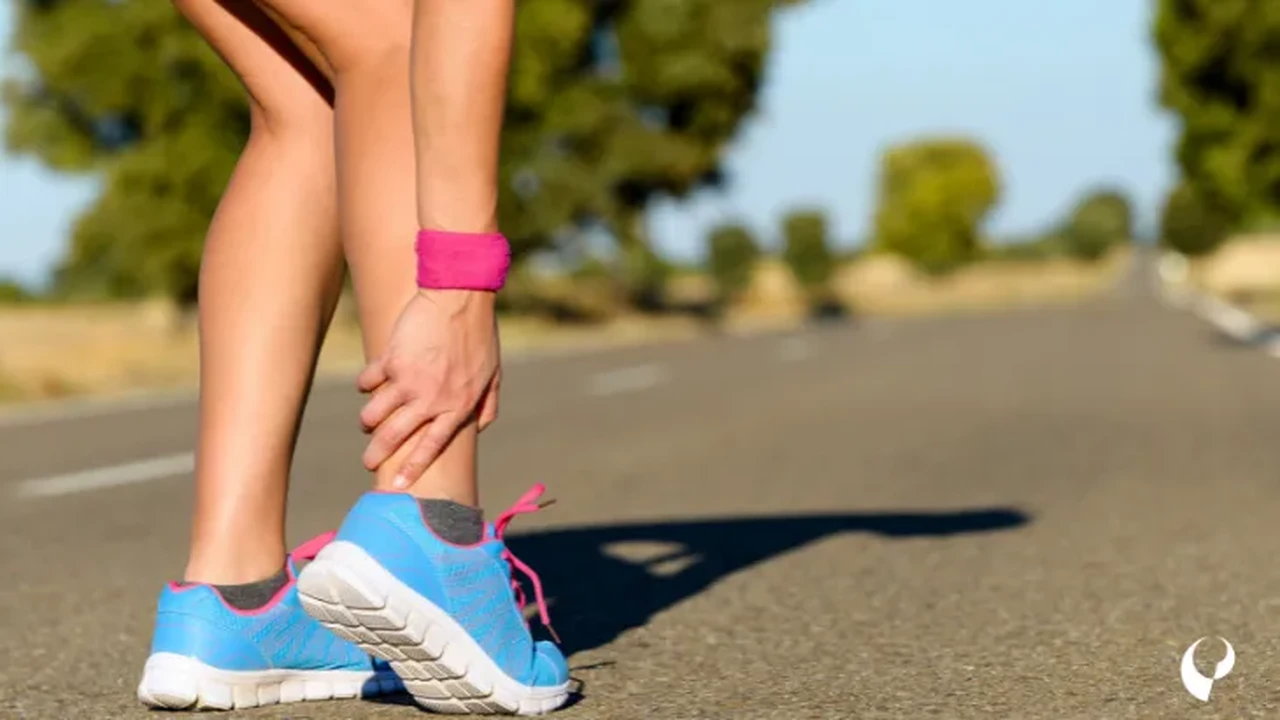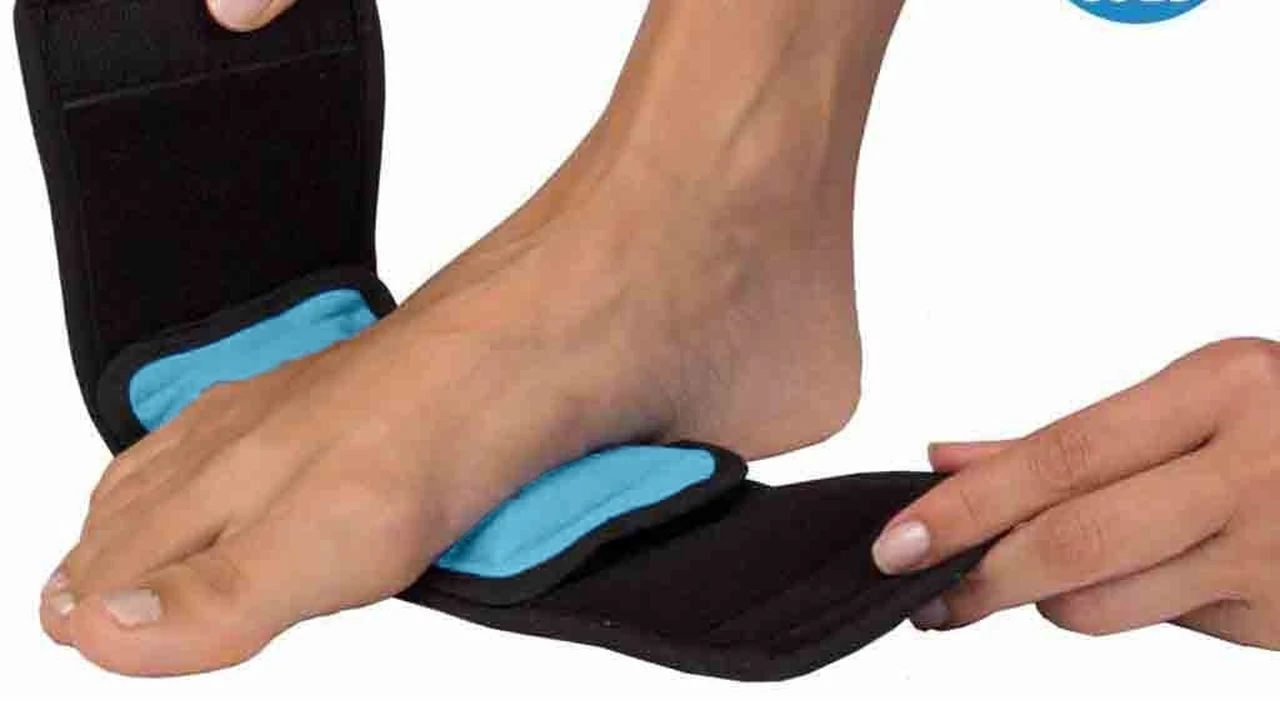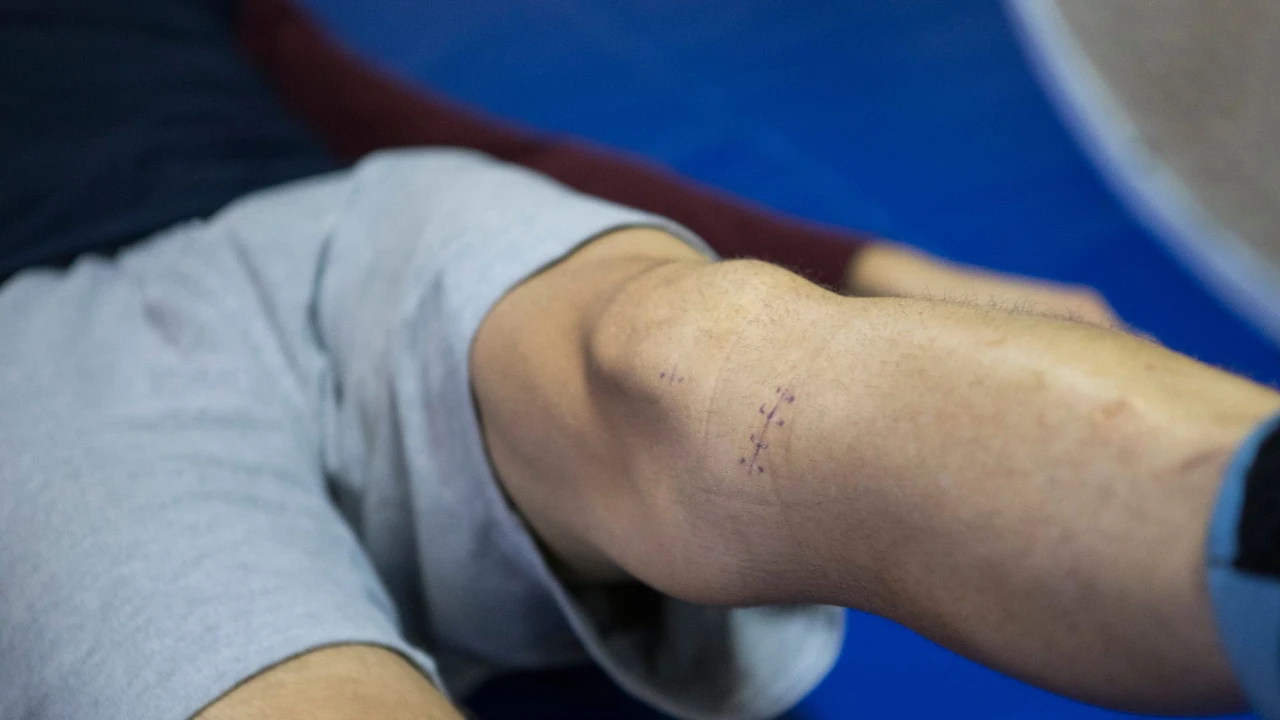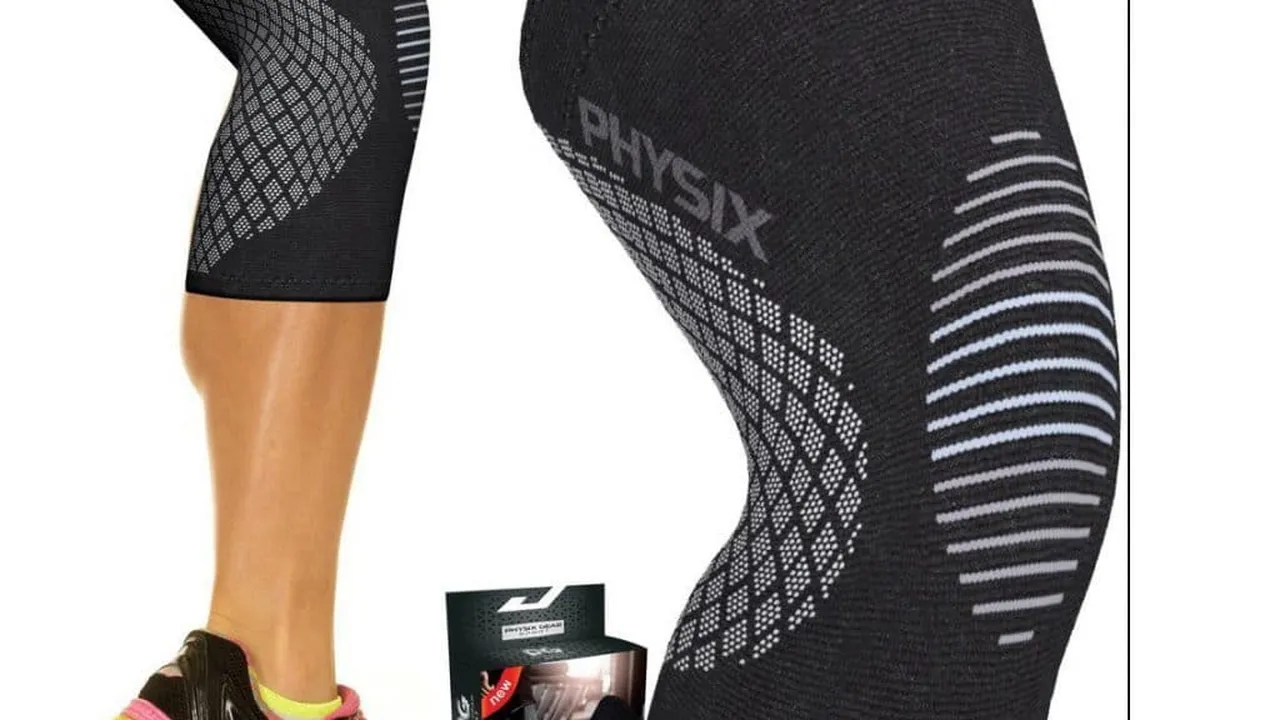5 Common Mistakes to Avoid During Ankle Sprain Recovery
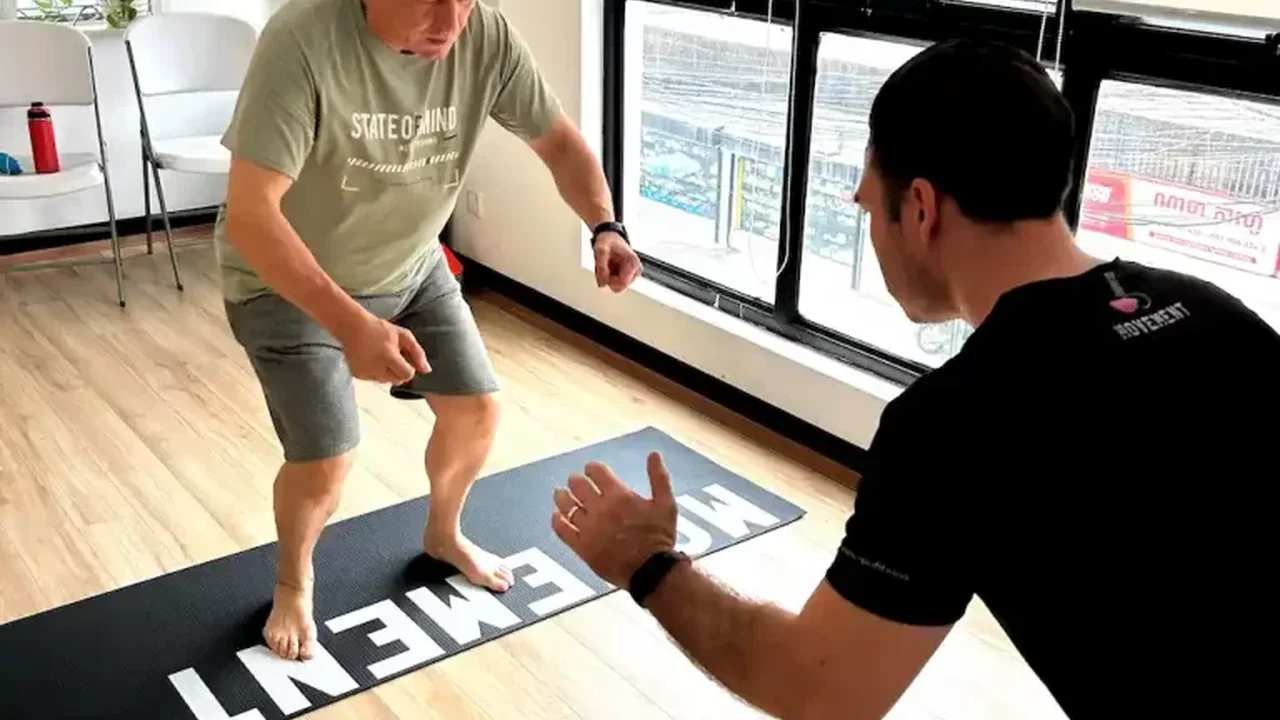
Ankle and foot injuries are incredibly common affecting athletes weekend warriors and everyday individuals alike. This comprehensive guide delves into the intricacies of these injuries offering insights into prevention treatment and long-term management. We'll explore various types of injuries discuss effective recovery strategies and even recommend specific products to aid in your healing journey.
Common Types of Ankle Foot Injuries and Their Impact
The ankle and foot are complex structures composed of numerous bones ligaments tendons and muscles. This intricate design allows for a wide range of motion and weight-bearing capacity. However this complexity also makes them susceptible to various injuries. Let's explore some of the most common:
Ankle Sprains A Deep Dive
Ankle sprains are by far the most frequent type of ankle injury. They occur when the ligaments that support the ankle joint are stretched or torn. This typically happens when the foot is twisted or rolled inwards (inversion sprain) although outward (eversion) sprains can also occur.
Causes of Ankle Sprains:
- Sudden twisting or turning of the ankle
- Uneven surfaces
- High-impact activities like running and jumping
- Weak ankle muscles
- Inadequate warm-up
- Wearing inappropriate footwear
Symptoms of Ankle Sprains:
- Pain especially when bearing weight
- Swelling
- Bruising
- Stiffness
- Limited range of motion
- Popping sensation at the time of injury
Grades of Ankle Sprains:
- Grade 1: Mild stretching of the ligaments with minimal tearing. Mild pain and swelling.
- Grade 2: Partial tearing of the ligaments. Moderate pain swelling and instability.
- Grade 3: Complete tear of the ligaments. Severe pain swelling instability and difficulty bearing weight.
Achilles Tendon Injuries Understanding the Risks
The Achilles tendon is the largest tendon in the body connecting the calf muscles to the heel bone. It's crucial for activities like walking running and jumping. Achilles tendon injuries can range from mild tendonitis (inflammation) to a complete rupture.
Causes of Achilles Tendon Injuries:
- Overuse and repetitive strain
- Sudden increase in activity level
- Tight calf muscles
- Inadequate warm-up
- Wearing high heels for extended periods
- Flat feet
Symptoms of Achilles Tendon Injuries:
- Pain along the back of the heel and calf
- Stiffness especially in the morning
- Tenderness to the touch
- Swelling
- Difficulty pointing the toes
- A popping or snapping sensation in the case of a rupture
Plantar Fasciitis Managing Heel Pain Effectively
Plantar fasciitis is a common condition that causes heel pain. It involves inflammation of the plantar fascia a thick band of tissue that runs along the bottom of the foot from the heel to the toes.
Causes of Plantar Fasciitis:
- Overuse and repetitive strain
- High-impact activities
- Obesity
- Poor arch support
- Tight calf muscles
- Prolonged standing or walking
Symptoms of Plantar Fasciitis:
- Heel pain that is worse in the morning or after periods of rest
- Pain that decreases with activity but may return later
- Stiffness in the heel
- Tenderness to the touch
Stress Fractures Recognizing the Signs
Stress fractures are tiny cracks in a bone usually caused by repetitive stress and overuse. They are common in athletes especially runners and dancers.
Causes of Stress Fractures:
- Sudden increase in training intensity or duration
- Repetitive high-impact activities
- Low bone density
- Inadequate footwear
- Poor nutrition
Symptoms of Stress Fractures:
- Pain that gradually worsens with activity
- Pain that is relieved by rest
- Tenderness to the touch
- Swelling
Other Ankle Foot Injuries to Consider
Besides the above there are various other ankle and foot injuries. These include:
- Turf Toe: Sprain of the ligaments in the big toe joint.
- Bunions: Bony bump that forms on the joint at the base of the big toe.
- Hammertoe: Deformity of the toe causing it to bend at the middle joint.
- Morton's Neuroma: Thickening of the tissue around a nerve in the foot usually between the third and fourth toes.
- Tendonitis: Inflammation of a tendon.
- Bursitis: Inflammation of a bursa (a fluid-filled sac that cushions joints).
Effective Treatment Strategies for Ankle Foot Injuries
The treatment for ankle and foot injuries depends on the type and severity of the injury. Here are some common treatment strategies:
The RICE Protocol Rest Ice Compression Elevation
The RICE protocol is a cornerstone of initial treatment for many ankle and foot injuries. It helps to reduce pain swelling and inflammation.
Rest: Avoid activities that aggravate the injury. Use crutches or a walking boot if necessary.
Ice: Apply ice packs to the injured area for 15-20 minutes at a time several times a day.
Compression: Wrap the injured area with a compression bandage to help reduce swelling.
Elevation: Elevate the injured leg above the heart to help reduce swelling.
Pain Management Options OTC and Prescription
Pain relievers can help to manage pain and inflammation. Over-the-counter (OTC) pain relievers such as ibuprofen (Advil Motrin) and naproxen (Aleve) are often effective. In more severe cases a doctor may prescribe stronger pain medications.
Physical Therapy Restoring Function and Strength
Physical therapy is an important part of recovery for many ankle and foot injuries. A physical therapist can help you to regain strength flexibility and range of motion. They can also teach you exercises to prevent future injuries.
Assistive Devices Braces Splints and Orthotics
Assistive devices such as braces splints and orthotics can provide support and stability to the ankle and foot. They can also help to reduce pain and prevent further injury.
Ankle Braces: Provide support and stability for ankle sprains and other ankle injuries. Consider the ASO Ankle Stabilizer. It offers excellent support and is widely recommended by athletic trainers. You can find it on Amazon for around $30-$40.
Walking Boots: Used for more severe injuries such as fractures or severe sprains. The United Ortho Short Air Cam Walker Fracture Boot provides immobilization and support. Prices range from $50-$70 on medical supply websites.
Orthotics: Custom or over-the-counter arch supports can help to correct foot alignment and reduce pain. Superfeet Green Insoles are a popular over-the-counter option offering excellent arch support and cushioning. Expect to pay around $30-$50.
Surgical Interventions When Necessary
Surgery is usually only necessary for severe ankle and foot injuries such as complete ligament tears fractures or dislocations. The type of surgery will depend on the specific injury.
Product Recommendations for Ankle Foot Injury Recovery and Support
Choosing the right products can significantly aid in your recovery. Here are some recommendations based on different needs:
Best Ankle Brace for Ankle Sprain Recovery The ASO Ankle Stabilizer
The ASO Ankle Stabilizer is a highly recommended ankle brace for ankle sprain recovery. It provides excellent support and stability to the ankle joint helping to prevent further injury and promote healing.
Use Cases:
- Ankle sprain recovery
- Prevention of ankle sprains during sports activities
- Support for weak ankles
Product Comparison: Compared to other ankle braces the ASO Ankle Stabilizer offers a superior combination of support comfort and durability. It features a figure-eight strapping system that mimics taping providing excellent inversion and eversion control. Other braces may be less supportive or less comfortable.
Detailed Information: The ASO Ankle Stabilizer is made from breathable nylon material and features a low-profile design that fits comfortably in most shoes. It is available in various sizes to ensure a proper fit. It can be purchased online through Amazon and other sports retailers. Look for prices between $30 and $40. Its key features include the figure-eight straps and the breathable material. It's easy to clean with mild soap and water.
Top Rated Walking Boot for Fracture Support The United Ortho Short Air Cam Walker Fracture Boot
The United Ortho Short Air Cam Walker Fracture Boot is a top-rated walking boot for fracture support. It provides immobilization and support to the ankle and foot allowing the bones to heal properly.
Use Cases:
- Fracture healing
- Severe ankle sprains
- Post-operative support
Product Comparison: Compared to other walking boots the United Ortho Short Air Cam Walker Fracture Boot offers a good balance of support comfort and adjustability. It features an air bladder system that allows you to customize the level of compression and support. Some other boots may be less comfortable or less adjustable.
Detailed Information: The United Ortho Short Air Cam Walker Fracture Boot is made from durable materials and features a rocker bottom sole that promotes a natural gait. It is available in various sizes to ensure a proper fit. Available on medical supply websites and Amazon, prices typically range from $50-$70. The air bladder system is a key feature allowing for personalized compression. Consult your doctor before using a walking boot.
Best Orthotics for Plantar Fasciitis Relief Superfeet Green Insoles
Superfeet Green Insoles are a popular choice for plantar fasciitis relief. They provide excellent arch support and cushioning helping to reduce pain and improve foot alignment.
Use Cases:
- Plantar fasciitis
- Arch support
- Foot pain relief
Product Comparison: Compared to other orthotics Superfeet Green Insoles offer a superior level of support and durability. They are made from high-density foam that provides excellent shock absorption and arch support. Some other orthotics may be less supportive or less durable.
Detailed Information: Superfeet Green Insoles are designed to fit most shoes and can be trimmed for a custom fit. They are available in various sizes to ensure a proper fit. Retailers like REI and Amazon sell Superfeet Green Insoles for around $30-$50. Their rigid arch support and durable construction are key benefits. They may require a break-in period to become fully comfortable.
Recommended Compression Socks for Improved Circulation
Compression socks can aid in reducing swelling and improving circulation in the legs and feet, accelerating recovery. Consider Pro Compression Marathon Socks. They offer graduated compression and are designed for athletes. You can find them on the Pro Compression website or Amazon for around $30-$40.
Use Cases:
- Reducing swelling after injury
- Improving circulation
- Preventing blood clots
Product Comparison: Pro Compression socks offer a higher level of compression than many other brands and are made from moisture-wicking materials. Other compression socks may be less effective or less comfortable.
Detailed Information: Pro Compression Marathon Socks are available in various sizes and compression levels. They are made from a blend of nylon and spandex. Available directly from Pro Compression or through Amazon, expect to pay $30-$40. Graduated compression is a key feature promoting blood flow. Hand washing is recommended to prolong their lifespan.
Preventative Measures for Ankle Foot Injuries Staying Active Safely
Prevention is always better than cure. Here are some preventative measures you can take to reduce your risk of ankle and foot injuries:
Proper Warm Up and Cool Down Techniques
Always warm up before exercise and cool down afterwards. This helps to prepare your muscles and tendons for activity and reduces the risk of injury.
Strengthening Exercises for Ankle and Foot Muscles
Strengthening your ankle and foot muscles can improve stability and reduce the risk of sprains and other injuries. Examples include calf raises toe raises and heel raises.
Stretching Exercises for Flexibility
Stretching can improve flexibility and range of motion reducing the risk of muscle strains and other injuries. Focus on stretching your calf muscles Achilles tendon and plantar fascia.
Choosing the Right Footwear for Your Activities
Wearing appropriate footwear for your activities is crucial. Make sure your shoes provide adequate support cushioning and stability. Replace worn-out shoes regularly.
Maintaining a Healthy Weight for Joint Health
Maintaining a healthy weight can reduce the stress on your ankles and feet. This can help to prevent injuries such as plantar fasciitis and stress fractures.
Paying Attention to Your Body and Avoiding Over Training
Listen to your body and avoid overtraining. If you experience pain or discomfort stop the activity and rest. Gradually increase your activity level over time.
Advanced Recovery Techniques for Ankle Foot Injuries
Beyond the standard treatments there are several advanced recovery techniques that can further aid in healing and rehabilitation:
The Role of Massage Therapy in Injury Recovery
Massage therapy can help to reduce muscle tension improve circulation and promote healing. It can be particularly beneficial for conditions such as plantar fasciitis and Achilles tendonitis.
Understanding the Benefits of Acupuncture
Acupuncture is a traditional Chinese medicine technique that involves inserting thin needles into specific points on the body. It can help to reduce pain inflammation and promote healing.
Exploring the Potential of Platelet Rich Plasma PRP Therapy
Platelet-rich plasma (PRP) therapy involves injecting a concentrated solution of platelets into the injured area. Platelets contain growth factors that can help to stimulate tissue repair and regeneration. This is often used for chronic tendon injuries.
Investigating the Use of Stem Cell Therapy
Stem cell therapy is an experimental treatment that involves injecting stem cells into the injured area. Stem cells have the potential to differentiate into various types of cells including bone cartilage and tendon cells. This may promote healing in severe injuries that have not responded to conventional treatments.
Long Term Management of Ankle Foot Injuries Preventing Recurrence
Preventing recurrence is crucial for long-term health and well-being. Here are some strategies to help you manage ankle and foot injuries and prevent them from recurring:
Continuing with Strengthening and Stretching Exercises
Continue with strengthening and stretching exercises even after you have recovered from your injury. This will help to maintain strength flexibility and stability in your ankle and foot.
Using Orthotics or Braces for Support When Needed
If you have a history of ankle or foot injuries consider using orthotics or braces for support during activities that put stress on your ankles and feet.
Modifying Activities to Reduce Stress on Ankle and Foot
Modify your activities to reduce stress on your ankles and feet. This may involve choosing lower-impact activities or avoiding activities that aggravate your symptoms.
Maintaining a Healthy Lifestyle for Overall Well Being
Maintain a healthy lifestyle including a balanced diet regular exercise and adequate sleep. This will help to improve your overall health and well-being and reduce your risk of injury.
Seeking Professional Guidance From Healthcare Professionals
Seek professional guidance from healthcare professionals such as doctors physical therapists and podiatrists. They can help you to develop a personalized treatment plan and prevent future injuries.
Remember this information is for general knowledge and informational purposes only and does not constitute medical advice. It is essential to consult with a qualified healthcare professional for any health concerns or before making any decisions related to your health or treatment.
:max_bytes(150000):strip_icc()/277019-baked-pork-chops-with-cream-of-mushroom-soup-DDMFS-beauty-4x3-BG-7505-5762b731cf30447d9cbbbbbf387beafa.jpg)



